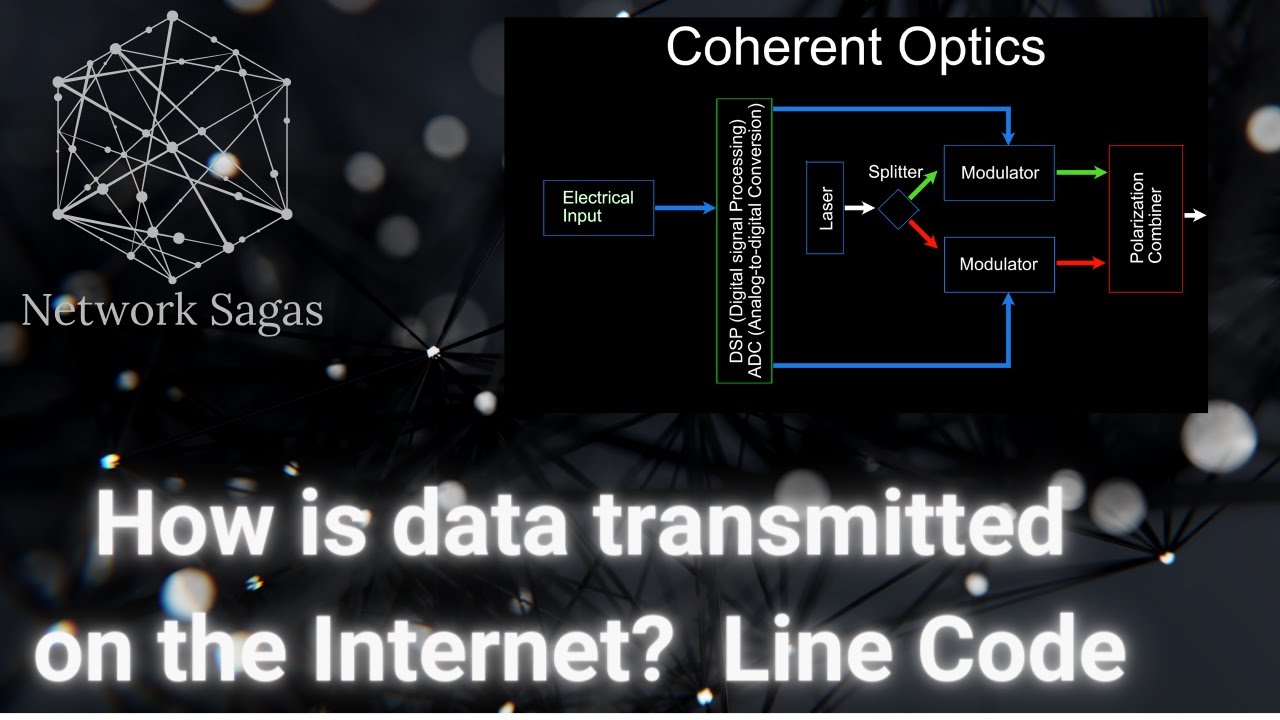Line coding is the process of preparing a bitstream for transmission over a physical media. It has evolved over time to address timing issues and increase transmission speed, with different line codes such as AMI, B8ZS, TCM, and Pam 5 being developed.
Line coding is the process of preparing a bitstream for transmission over a physical media in the network interface of a system. Initially, line coding used an on/off structure, where on represented one and off represented zero. This was similar to how the telegraph used dashes and dots to communicate. However, timing became an issue when transmitting a string of zeros, as timing errors between clocks could result in ambiguity and errors in the received data.
To address this, line coding evolved to use a nominal value, such as a voltage or light intensity, to represent zero. This allowed for faster transmission by simply changing the value instead of turning the power on and off. Two early line codes, AMI and B8ZS, were introduced to demonstrate this evolution. AMI used a baseline value with modifications to represent ones, while B8ZS injected polarity errors to convey information about zeros.
Ethernet introduced a different approach to solve timing problems. Instead of modifying the bitstream, the data was processed prior to transmission, mapping four bits to a predefined five-bit string. This ensured that no data stream would impact timing. However, this resulted in 20% overhead in the data on the wire.
In the modern world, gigabit Ethernet requires all four pairs of wires and uses two encoding structures, TCM and Pam 5, to transmit eight bits simultaneously. This results in a 10 times speed increase. Coherent Optics, on the other hand, uses laser technology to encode the bitstream onto two modulators, allowing for more data and increased transmission distance.
Overall, line coding is a critical process in preparing data for transmission over a physical media. It has evolved over time to address timing issues and increase transmission speed. Different line codes have been developed, such as AMI, B8ZS, TCM, and Pam 5, each with their own advantages and considerations. Coherent Optics is a newer technology that uses lasers to achieve high-speed transmission.
